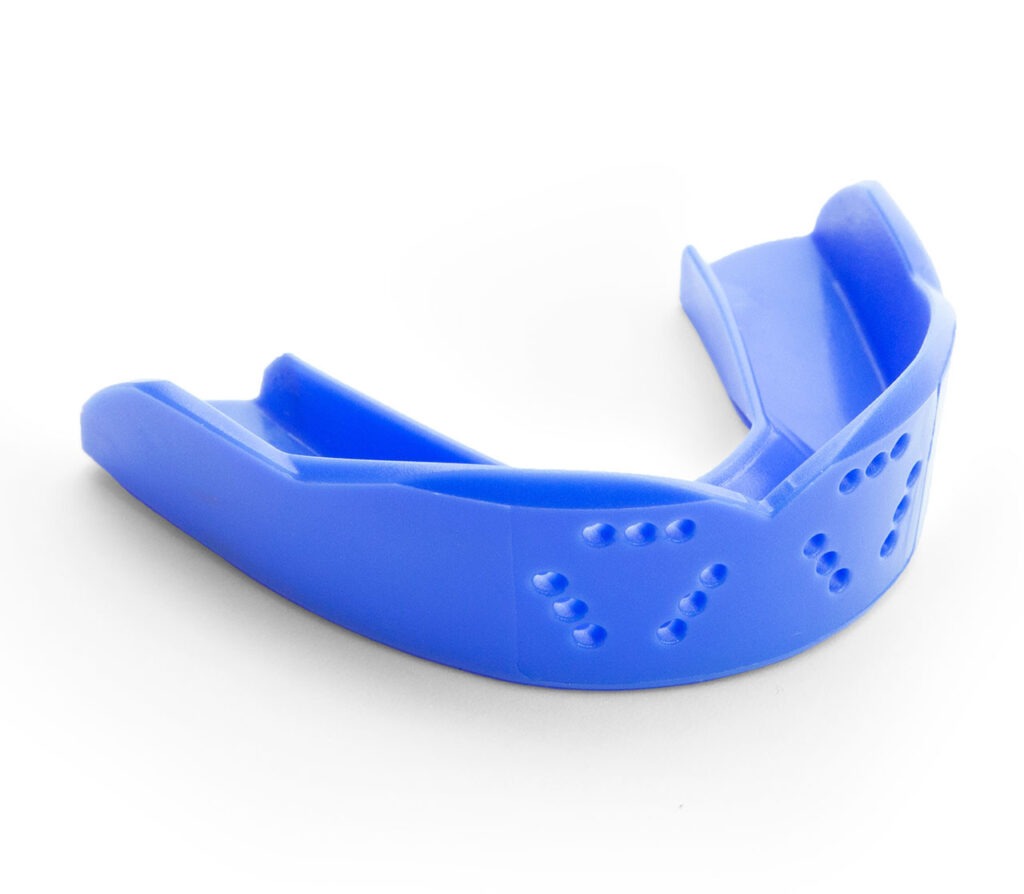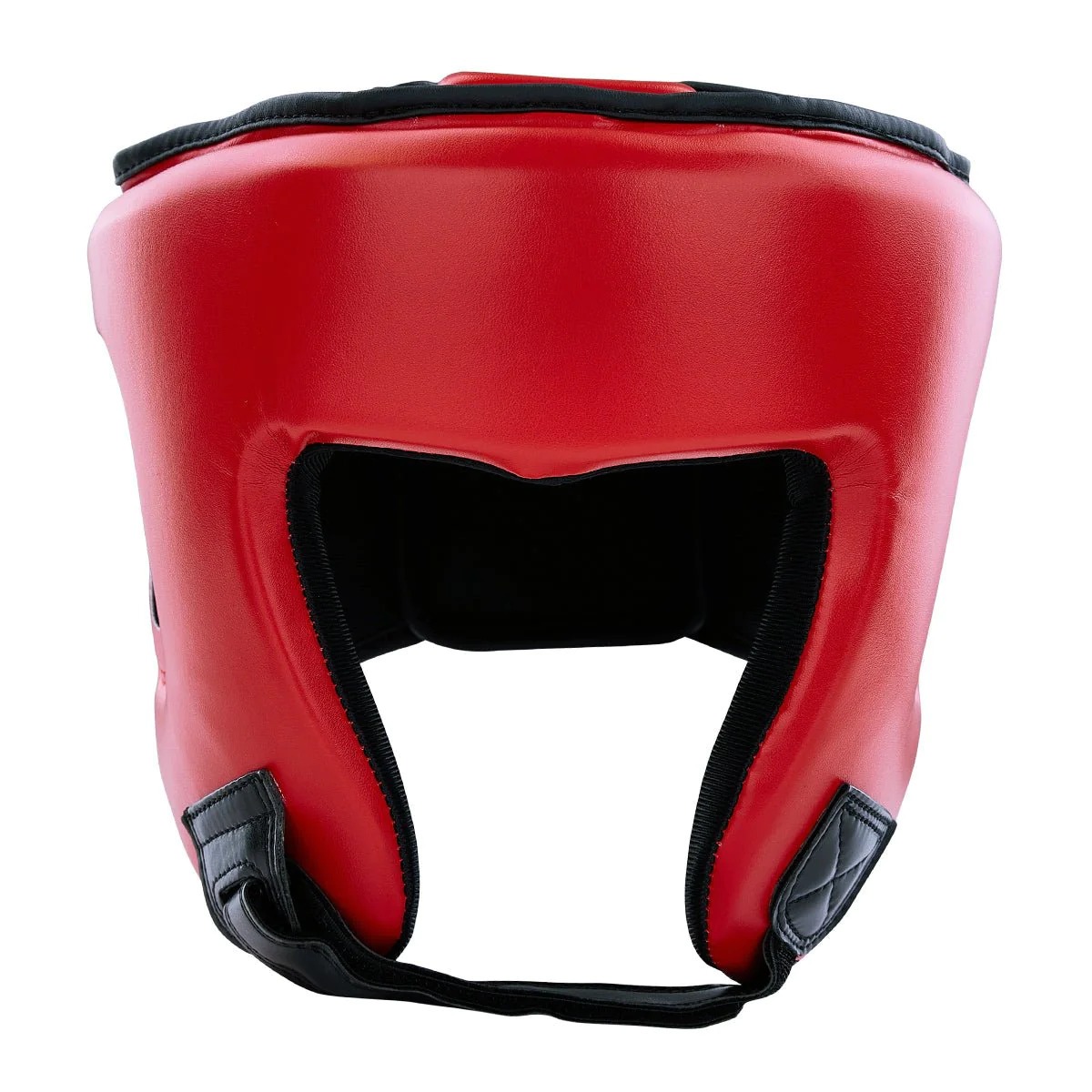The realm of combat sports is not only defined by the skill and prowess of the athletes but also by the gear they don to enhance their performance and safety. Fight gear, encompassing a diverse range of equipment and apparel, plays a pivotal role in the world of martial arts, boxing, and other combat disciplines. In this comprehensive guide, we will delve into the fascinating world of fight gear, exploring its various components, significance, and the evolution of technology and design in this dynamic industry.
THE ART AND SCIENCE OF FIGHTWEAR: UNVEILING THE WARRIOR’S WARDROBE
The Essentials: Key Components of Fight Gear
1. Boxing Gloves

At the heart of any striking sport is the iconic boxing glove. Designed to protect the hands and wrists during punches, these gloves come in various styles and weights. Professional boxers, MMA fighters, and practitioners of other striking arts rely on high-quality gloves to ensure both offensive power and defensive safety.
2. Mouthguards

The mouthguard, a simple yet crucial piece of protective gear, shields the teeth and jaw from the impact of strikes. Custom-fitted mouthguards offer a snug fit and optimal protection, preventing dental injuries and minimizing the risk of concussions.
3. Headgear

Headgear provides additional protection for the face and head during sparring sessions and competitions. It is particularly common in amateur boxing and some forms of martial arts. Modern headgear is designed to balance protection with visibility, allowing athletes to maintain their awareness in the ring.
4. Shin Guards
In sports like Muay Thai and kickboxing, where kicks play a significant role, shin guards are indispensable. These guards protect the shins and lower legs from impact, reducing the risk of injury during both training and competition.
5. Groin Protectors

For obvious reasons, groin protectors are a vital part of the fight gear ensemble. Whether in boxing, MMA, or other combat sports, these protective cups are worn by male athletes to safeguard a sensitive and vulnerable area from accidental strikes.
THE ART AND EVOLUTION OF BJJ KIMONOS: A DEEP DIVE INTO BRAZILIAN JIU-JITSU ATTIRE
6. Hand Wraps
Hand wraps are the unsung heroes of fight gear, providing additional support to the wrists and knuckles beneath the gloves. They help stabilize the hand’s structure, reduce the risk of sprains, and offer added protection during intense training sessions.
Specialized Gear for Mixed Martial Arts (MMA)
1. MMA Gloves
Unlike traditional boxing gloves, MMA gloves are fingerless and offer greater dexterity for grappling and submission techniques. These gloves strike a balance between hand protection and the flexibility required for intricate movements in the cage.
2. Rash Guards
Popularized in MMA and Brazilian Jiu-Jitsu (BJJ), rash guards are skin-tight shirts that provide compression and protection against friction and mat burns. They also wick away moisture, keeping the athlete dry during intense training sessions.
3. MMA Shorts

Designed for the dynamic movements of MMA, these shorts are typically shorter and more flexible than traditional boxing or Muay Thai shorts. They allow for unrestricted leg movement, crucial for executing kicks, takedowns, and ground maneuvers.
THE ART OF BJJ GI: UNVEILING THE SECRETS OF BRAZILIAN JIU-JITSU UNIFORMS
The Evolution of Technology in Fight Gear
The world of fight gear has witnessed significant technological advancements in recent years. Manufacturers are incorporating cutting-edge materials and design principles to enhance performance, comfort, and safety for athletes. Here are some notable innovations:
1. Impact-Absorbing Foams
Modern padding materials, such as gel-infused foams and advanced polymers, provide superior impact absorption. These materials not only enhance protection but also contribute to the overall lightweight and ergonomic design of the gear.
2. Moisture-Wicking Fabrics
Sweating is inevitable during intense training or competition, and moisture-wicking fabrics address this challenge. Fight gear now incorporates materials that draw sweat away from the body, keeping athletes dry and comfortable.
3. Antimicrobial Treatments
Given the close-contact nature of combat sports, hygiene is a critical consideration. Antimicrobial treatments on fight gear help prevent the growth of bacteria and fungi, minimizing odors and the risk of skin infections.
4. Customization and Personalization
Athletes now have the option to customize their gear, from choosing color schemes to adding logos or personalized designs. This not only adds a touch of individuality but also fosters a sense of identity and brand representation.
5. Smart Technology Integration
Some cutting-edge fight gear incorporates smart technologies, such as impact sensors and performance trackers. These innovations provide athletes and coaches with data on strike intensity, training metrics, and areas for improvement.
Choosing the Right Fight Gear: Considerations for Athletes
1. Sport-Specific Requirements
Different combat sports have unique gear requirements. Understanding the specific needs of the sport is crucial when selecting gear. For example, a BJJ practitioner may prioritize a high-quality gi, while a kickboxer focuses on shin guards and gloves.
2. Fit and Comfort
Proper fit is non-negotiable when it comes to fight gear. Ill-fitting gear not only compromises performance but also increases the risk of injuries. Athletes should prioritize comfort, ensuring that their gear allows for a full range of motion without unnecessary restrictions.
3. Quality and Durability
Investing in high-quality gear pays off in the long run. Durability is essential, especially for equipment that undergoes significant wear and tear during training sessions. Checking reviews and opting for reputable brands ensures that the gear withstands the rigors of regular use.
4. Regulatory Compliance
Athletes participating in organized competitions must adhere to specific regulations regarding the type and specifications of allowed gear. Ensuring that gear complies with relevant regulatory standards is essential for both safety and fair competition.
The Cultural Significance of Fight Gear
Beyond its practical utility, fight gear holds cultural significance within the world of combat sports. Here are a few ways in which fight gear becomes a symbol of identity and tradition:
1. Iconic Designs and Logos
Many fight gear brands incorporate iconic designs and logos that become synonymous with the sport itself. Athletes and fans proudly wear gear adorned with these symbols, creating a sense of belonging to a larger community.
2. National and Team Representations
In combat sports competitions, athletes often wear gear that represents their national colors or team affiliations. This practice not only fosters a sense of national pride but also serves as a visual representation of the athlete’s journey and allegiances.
3. Traditional Elements
Some combat sports, such as Brazilian Jiu-Jitsu and traditional martial arts, have specific attire that carries deep-rooted traditions. Gis, belts, and specific uniform designs contribute to the cultural identity of these disciplines.
The Future of Fight Gear: Innovations and Trends
As technology continues to advance, and the demand for improved performance and safety remains high, the future of fight gear holds exciting possibilities. Here are some anticipated trends and innovations:
1. Biomechanical Insights
Future fight gear may integrate advanced biomechanical sensors to provide real-time insights into an athlete’s movements, strike velocity, and overall biomechanics. This data can be invaluable for refining techniques and minimizing the risk

